Home>Garden Essentials>When Do You Plant Lettuce Seeds
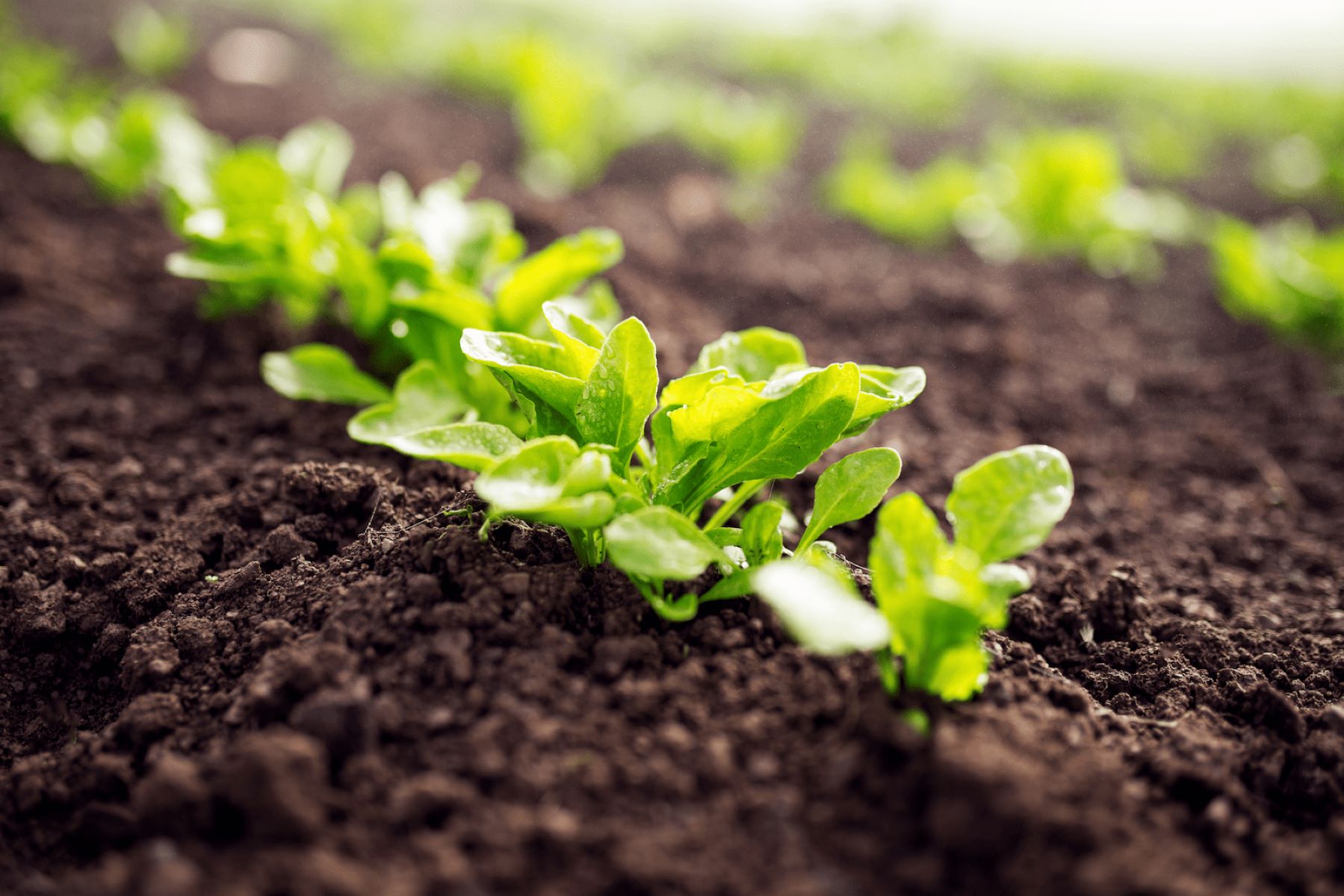

Garden Essentials
When Do You Plant Lettuce Seeds
Modified: March 16, 2024
Learn when to plant lettuce seeds in your garden for a bountiful harvest. Find tips and advice on the best time to sow lettuce for optimal growth and delicious salads.
(Many of the links in this article redirect to a specific reviewed product. Your purchase of these products through affiliate links helps to generate commission for Storables.com, at no extra cost. Learn more)
Introduction
Welcome to the world of gardening! If you are a green thumb enthusiast or just starting out, one of the most popular and versatile vegetables to grow in your garden is lettuce. Known for its crisp texture and refreshing taste, lettuce is not only delicious but also packed with essential nutrients. Whether you are interested in growing lettuce for salads, sandwiches, or as a garnish for your favorite dishes, starting with quality lettuce seeds is key to a successful harvest.
In this article, we will explore the various aspects of planting lettuce seeds, from understanding the different types of lettuce to the best time to plant them. We will also delve into the process of planting lettuce seeds, caring for lettuce plants, and common problems you may encounter along the way. By the end, you’ll be equipped with the knowledge and confidence to grow your own vibrant lettuce plants right in your backyard!
Key Takeaways:
- Plant lettuce seeds in early spring for most regions, ensuring cool weather for optimal growth and preventing bitterness. Consider fall or winter planting in warmer or mild-winter regions, respectively, for successful crops.
- Harvest lettuce leaves regularly, ensuring the best flavor and texture. Enjoy the satisfaction of nurturing plants from seeds to harvest, and savor the delicious taste of homegrown lettuce.
Read more: When Do You Plant Broccoli Seeds
Understanding Lettuce Seeds
Before diving into the process of planting lettuce seeds, it’s important to have a basic understanding of the seeds themselves. Lettuce seeds are small and usually come in various shapes, including round, oval, or flattened. They range in color from light brown to dark brown, depending on the variety.
Lettuce seeds are categorized into different types based on their growth habit and leaf shape. The most common types of lettuce include:
- Butterhead Lettuce: This type forms loose, buttery-textured heads and has a slightly sweet flavor. It is known for its tender leaves and is a popular choice for salads.
- Romaine Lettuce: Romaine lettuce has long, upright leaves that form a tight, elongated head. It has a crisp texture and a slightly bitter taste, making it great for salads, wraps, and sandwiches.
- Leaf Lettuce: Leaf lettuce doesn’t form a head but instead produces loose, leafy growth. It comes in various colors, including green, red, and speckled varieties. It has a mild flavor and is often used as a base for salads.
- Iceberg Lettuce: Known for its tightly packed, crunchy leaves, iceberg lettuce is a popular choice for sandwiches and burgers. However, it has a milder flavor compared to other lettuce types.
It’s important to choose lettuce seeds that are suited for your climate and growing conditions. Some lettuce varieties are more heat-tolerant while others thrive in cooler temperatures. Take into consideration your geographical location, as well as the season in which you plan to plant the lettuce, to choose the right seeds for your garden.
Lettuce seeds have a relatively short shelf life, so it’s best to purchase fresh seeds each growing season. Check the expiration date on the seed packet to ensure you are using viable seeds. Additionally, storing them in a cool, dry place will help maintain their viability for a longer period.
Now that we have a better understanding of lettuce seeds and the different types available, let’s explore the factors to consider before planting them in your garden.
Factors to Consider Before Planting Lettuce Seeds
Before you get your hands dirty and start planting lettuce seeds, there are a few important factors to consider. These factors will help ensure that your lettuce plants thrive and produce a bountiful harvest. Let’s take a closer look at what you should take into account:
1. Climate and Season
Lettuce is a cool-season crop that prefers mild temperatures. It grows best in temperatures between 45°F (7°C) and 75°F (24°C). It’s important to consider your local climate and the specific season when planning to plant lettuce seeds. In cooler regions, you can start planting lettuce as early as spring, while in warmer regions, it’s best to plant lettuce in the fall or winter.
2. Sunlight
Lettuce plants thrive in well-drained soil with moderate sunlight exposure. They generally require around 6 hours of sunlight per day, although some varieties can tolerate partial shade. Ensure that your chosen planting area receives adequate sunlight to promote healthy growth and prevent your lettuce plants from becoming leggy or developing weak foliage.
Read more: When Do You Plant Flower Seeds
3. Soil Quality
Lettuce thrives in loose, well-draining soil that is rich in organic matter. It’s essential to prepare your soil before planting by removing any weeds, debris, or rocks. Mix in compost or well-rotted manure to improve the soil’s fertility and drainage. A soil pH between 6.0 and 7.0 is ideal for lettuce cultivation.
4. Watering Needs
Lettuce plants have shallow root systems, so they require consistent moisture to thrive. Adequate watering is crucial, especially during dry periods. Be mindful not to overwater the plants, as this can lead to root rot and other related diseases. Applying a layer of organic mulch around the plants can help retain soil moisture and regulate temperature.
5. Companion Planting
Consider companion planting when deciding where to plant lettuce seeds. Some vegetables and herbs, such as radishes, carrots, and herbs like dill and basil, can help repel pests and promote healthy growth for lettuce plants. On the other hand, avoid planting lettuce near crops like onions and garlic, as they can inhibit lettuce growth.
By considering these factors before planting lettuce seeds, you’ll create an ideal environment for your lettuce plants to flourish. With your garden prepared and the weather in your favor, it’s time to determine the best time to plant lettuce seeds. Let’s explore that next.
Best Time to Plant Lettuce Seeds
The timing of planting lettuce seeds is crucial for a successful crop. Lettuce thrives in cool weather, making it important to select the right time to plant based on your local climate and the lettuce variety you are growing. Here are some guidelines to help you determine the best time to plant lettuce seeds:
Read more: When Do You Plant Strawberry Seeds
1. Spring Planting
For most regions, planting lettuce seeds in early spring is the ideal time. As soon as the soil is workable and the danger of frost has passed, typically when temperatures consistently stay above 40°F (4°C), you can start sowing your lettuce seeds. Cooler weather allows for optimal growth and helps prevent the plant from bolting or developing a bitter taste.
2. Fall Planting
In regions with hot summers, planting lettuce seeds in the fall can yield a successful crop. Fall planting allows the lettuce plants to mature during cooler temperatures and avoids the heat stress that lettuce experiences in the summer. Aim to plant lettuce seeds about 8 to 10 weeks before the first expected frost in your area.
3. Winter Planting
In mild-winter regions with temperatures that rarely drop below freezing, you can even plant lettuce seeds in the winter. Frost-tolerant lettuce varieties, such as certain types of leaf lettuce and kale, can survive and thrive in these conditions. Be sure to provide adequate protection, such as row covers or cold frames, to shield the lettuce plants from extreme cold.
It’s important to note that lettuce seeds germinate best in soil temperatures between 45°F (7°C) and 70°F (21°C). If the soil temperature is too high, lettuce seeds may struggle to germinate or grow leggy. To ensure successful germination, you can start lettuce seeds indoors a few weeks before the desired planting time and transplant the seedlings outdoors when the conditions are suitable.
By planting lettuce seeds at the right time, you can optimize the growing conditions and ensure a healthy and productive harvest. Now that you know when to plant lettuce seeds, let’s explore the process of planting them in the next section.
How to Plant Lettuce Seeds
Planting lettuce seeds is a relatively simple process that can be done directly in the garden or started indoors for transplanting later. Here are the steps to follow for successful lettuce seed planting:
Read more: When Do You Plant Carrot Seeds
1. Prepare the Soil
Choose a location in your garden that receives adequate sunlight and has well-draining soil. Remove any weeds or debris and work the soil to a depth of about 6 inches. Incorporate compost or well-rotted manure to improve soil fertility and drainage.
2. Sow the Seeds
If planting directly in the garden, create shallow furrows in the soil, about 1/4 to 1/2 inch deep. Space the furrows about 12 to 18 inches apart to allow sufficient room for the lettuce plants to grow. Scatter the lettuce seeds along the furrows, aiming for about 2 to 4 seeds per inch.
If starting indoors, sow the lettuce seeds in seed trays or small pots filled with seed starting mix. Plant the seeds about 1/4 inch deep and lightly cover them with soil. Water gently to ensure even moisture.
3. Watering
After sowing the lettuce seeds, water the area thoroughly to ensure moisture reaches the seeds and promotes germination. Be careful not to water too heavily and wash away the seeds.
4. Thin the Seedlings
Once the lettuce seedlings emerge and have grown a few true leaves, thin them out to provide enough space for each plant to grow. Thin the seedlings to one plant every 6 to 8 inches to allow for proper air circulation and prevent overcrowding.
Read more: When Do You Plant Vegetable Seeds
5. Mulching
Apply a layer of organic mulch, such as straw or shredded leaves, around the base of the lettuce plants. Mulching helps retain soil moisture, regulate temperature, and suppress weed growth, improving the overall health of the plants.
6. Care and Maintenance
Keep the soil consistently moist but not waterlogged throughout the growing season. Avoid overhead watering to prevent disease development. Regularly inspect the plants for pests or signs of disease, and take appropriate measures if necessary.
By following these steps, you can successfully plant lettuce seeds and set the stage for a thriving lettuce garden. Once the lettuce plants start to grow, it’s important to provide them with proper care and attention. In the next section, we’ll explore some essential tips for caring for lettuce plants.
Caring for Lettuce Plants
Proper care is essential for the healthy growth and development of lettuce plants. By following these tips, you can ensure that your lettuce plants thrive and produce a bountiful harvest:
1. Watering
Lettuce plants have shallow root systems, so they require consistent moisture. Keep the soil evenly moist throughout the growing season by providing 1 to 1.5 inches of water per week. Avoid overwatering, as this can lead to root rot. Water at the base of the plants, and try to avoid overhead irrigation which can increase the risk of diseases.
Read more: When Do You Plant Columbine Seeds
2. Fertilization
Lettuce is a relatively light feeder, but it benefits from regular applications of balanced fertilizer. Apply a nitrogen-rich fertilizer every few weeks or use a slow-release fertilizer according to the package instructions. Avoid excessive fertilization, as this can result in excessive leafy growth and a dilution of flavor.
3. Mulching
Apply a layer of organic mulch, such as straw or shredded leaves, around the base of the lettuce plants. Mulching helps suppress weed growth, retain soil moisture, and regulate soil temperature, all of which contribute to healthier plants. Make sure to leave a small gap around the base of the plant to prevent moisture-related issues.
4. Thinning
Thin the lettuce plants once they have grown a few inches tall. This process involves removing excess seedlings to provide adequate space for the remaining plants to grow. Thin the lettuce plants to a final spacing of about 6 to 8 inches apart, depending on the variety.
5. Pest and Disease Control
Regularly inspect your lettuce plants for pests, such as aphids, slugs, and snails. If pests are present, consider using natural pest-control methods, such as organic insecticidal soaps or introducing beneficial insects like ladybugs. Additionally, practicing crop rotation and providing good air circulation can help prevent the development of diseases like powdery mildew.
Read more: When Do You Plant Zinnia Seeds
6. Harvesting
Lettuce leaves can be harvested as soon as they reach a desirable size, typically when they are 4 to 6 inches in length. Harvest the outer leaves, leaving the center ones intact to allow for continual growth. Alternatively, you can harvest the entire head of lettuce when it reaches maturity. Harvest in the morning when the leaves are crisp and cool.
By providing proper care, regular maintenance, and addressing any potential issues promptly, you can ensure that your lettuce plants stay healthy and productive. However, it’s important to be aware of common problems that may arise. Let’s explore some of these problems and their solutions in the next section.
Common Problems and Solutions
While lettuce is generally a relatively easy plant to grow, it may encounter some common problems. By recognizing these issues and implementing the appropriate solutions, you can ensure the health and vitality of your lettuce plants. Here are some common problems you may encounter while growing lettuce and how to address them:
1. Bolting
Bolting refers to when lettuce plants prematurely produce flower stalks and set seeds. This can occur when the plants are exposed to high temperatures or when they experience fluctuations in temperature. To prevent bolting, choose heat-tolerant lettuce varieties and provide shade or use row covers during hot weather. Harvest lettuce promptly to prevent the plants from diverting energy into flowering.
2. Pest Infestation
Various pests, such as aphids, slugs, and snails, may feed on lettuce plants. Monitor your plants regularly and use organic pest control methods when necessary, such as handpicking pests, applying insecticidal soaps, or introducing beneficial insects like ladybugs. Creating a barrier with row covers can also help protect lettuce plants from pests.
Read more: When Do You Plant Apple Seeds
3. Diseases
Lettuce can be susceptible to diseases such as powdery mildew, bottom rot, and damping off. Avoid overcrowding plants and maintain good air circulation to minimize the risk of disease. Water at the base of the plants and avoid wetting the foliage to prevent fungal growth. Implement proper crop rotation and maintain a clean garden to reduce the spread of diseases.
4. Nutrient Deficiencies
If your lettuce plants show signs of nutrient deficiencies, such as yellowing leaves or stunted growth, it may be due to imbalanced soil nutrients. Conduct a soil test to determine the nutrient deficiencies and then supplement the soil with the appropriate amendments. Adding organic matter or using a balanced fertilizer can help replenish essential nutrients.
5. Tipburn
Tipburn is a condition where the edges of lettuce leaves turn brown and necrotic. This is often caused by a calcium deficiency or fluctuations in soil moisture levels. Ensure consistent watering to avoid drought stress and maintain even soil moisture. Avoid excessive fertilization with nitrogen, as it can interfere with calcium absorption. Adding calcium-rich amendments or foliar spraying with calcium can help prevent tipburn.
By addressing these common problems promptly and implementing the recommended solutions, you can maintain the overall health and productivity of your lettuce plants. With proper care, your lettuce plants will be ready for a bountiful harvest. Let’s discuss the next step in the lettuce-growing journey: harvesting!
Harvesting Lettuce Plants
One of the most rewarding aspects of growing lettuce is the opportunity to harvest fresh and crispy leaves straight from your garden. Harvesting lettuce at the right time ensures the best flavor and texture. Here are some key points to consider when harvesting lettuce plants:
Read more: When Do You Plant Corn Seeds
1. Leaf Lettuce
Leaf lettuce can be harvested as soon as the outer leaves reach a size that you find desirable. To harvest, simply snip off the outer leaves, leaving the inner leaves to continue growing. This allows for a continuous harvest throughout the season. Avoid harvesting all the leaves at once, as it can hinder the plant’s ability to produce new growth.
2. Butterhead and Romaine Lettuce
Butterhead and romaine lettuce varieties form tight heads. Harvest these types by cutting the entire head at the base, just above the soil surface. Make a clean cut with a sharp knife or scissors. If you prefer, you can also remove the outer leaves individually, allowing the inner leaves to grow and form new heads.
3. Crisphead (Iceberg) Lettuce
Iceberg lettuce forms compact heads with tightly packed leaves. Harvest iceberg lettuce by cutting the head at the base, similar to butterhead and romaine lettuce. The head should be firm and tightly packed. Remove any damaged or loose leaves before harvesting.
4. Harvesting Tips
To ensure the best quality and flavor, follow these additional tips when harvesting lettuce:
- Harvest lettuce leaves in the morning when they are crisp and cool.
- Handle the harvested leaves gently to prevent bruising or damage.
- Wash and dry the lettuce leaves thoroughly before use to remove any dirt or debris.
- Store harvested lettuce leaves in the refrigerator, preferably in airtight bags, to maintain their freshness and crispness.
Remember, the key to a continuous harvest is to harvest regularly and not let the lettuce plants bolt or become overgrown. This allows new leaves to develop, ensuring a fresh supply of lettuce throughout the growing season.
With careful harvesting, you can enjoy a variety of lettuce salads, use the leaves as a garnish, or incorporate them into your favorite recipes. Now that you are well-equipped with knowledge about harvesting lettuce, let’s conclude our journey of lettuce cultivation.
Read more: When Do You Plant Cucumber Seeds
Conclusion
Growing lettuce from seeds can be a rewarding and delicious experience. Whether you’re a seasoned gardener or a beginner, planting and caring for lettuce plants is relatively simple and straightforward. By understanding the different types of lettuce seeds, considering the factors before planting, and knowing the best time to sow the seeds, you can set yourself up for a successful harvest.
Remember to choose lettuce varieties that are suitable for your climate, provide adequate sunlight, ensure well-draining soil, and maintain consistent moisture levels. Implement proper care and maintenance practices, such as regular watering, fertilization, and mulching, to promote healthy growth and prevent common problems like bolting and pest infestations.
When it comes time to harvest, keep in mind the specific harvesting techniques for each lettuce type, whether it’s leaf lettuce, butterhead, romaine, or iceberg lettuce. Harvesting at the right time ensures the best flavor and texture of the lettuce leaves.
By growing your own lettuce, you can enjoy the freshest and most flavorful salads, sandwiches, and other culinary delights right from your garden. Plus, the satisfaction of knowing that you’ve nurtured these plants from seeds to harvest is truly rewarding.
So, go ahead and start your lettuce-growing journey. Get your hands dirty, plant those seeds, and watch as they transform into vibrant and abundant lettuce plants. With a little bit of care and patience, you’ll soon be savoring the delicious taste of homegrown lettuce.
Frequently Asked Questions about When Do You Plant Lettuce Seeds
Was this page helpful?
At Storables.com, we guarantee accurate and reliable information. Our content, validated by Expert Board Contributors, is crafted following stringent Editorial Policies. We're committed to providing you with well-researched, expert-backed insights for all your informational needs.
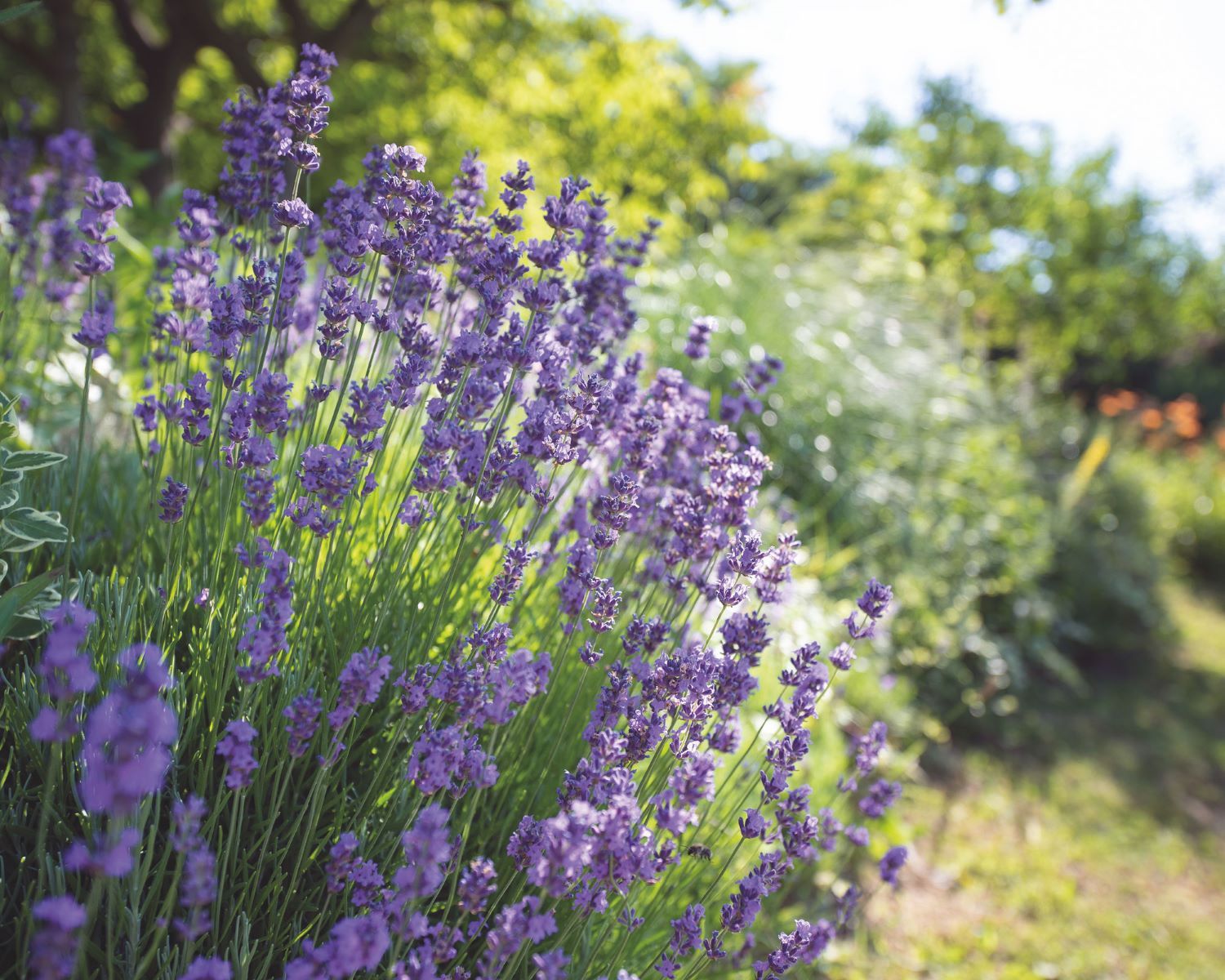
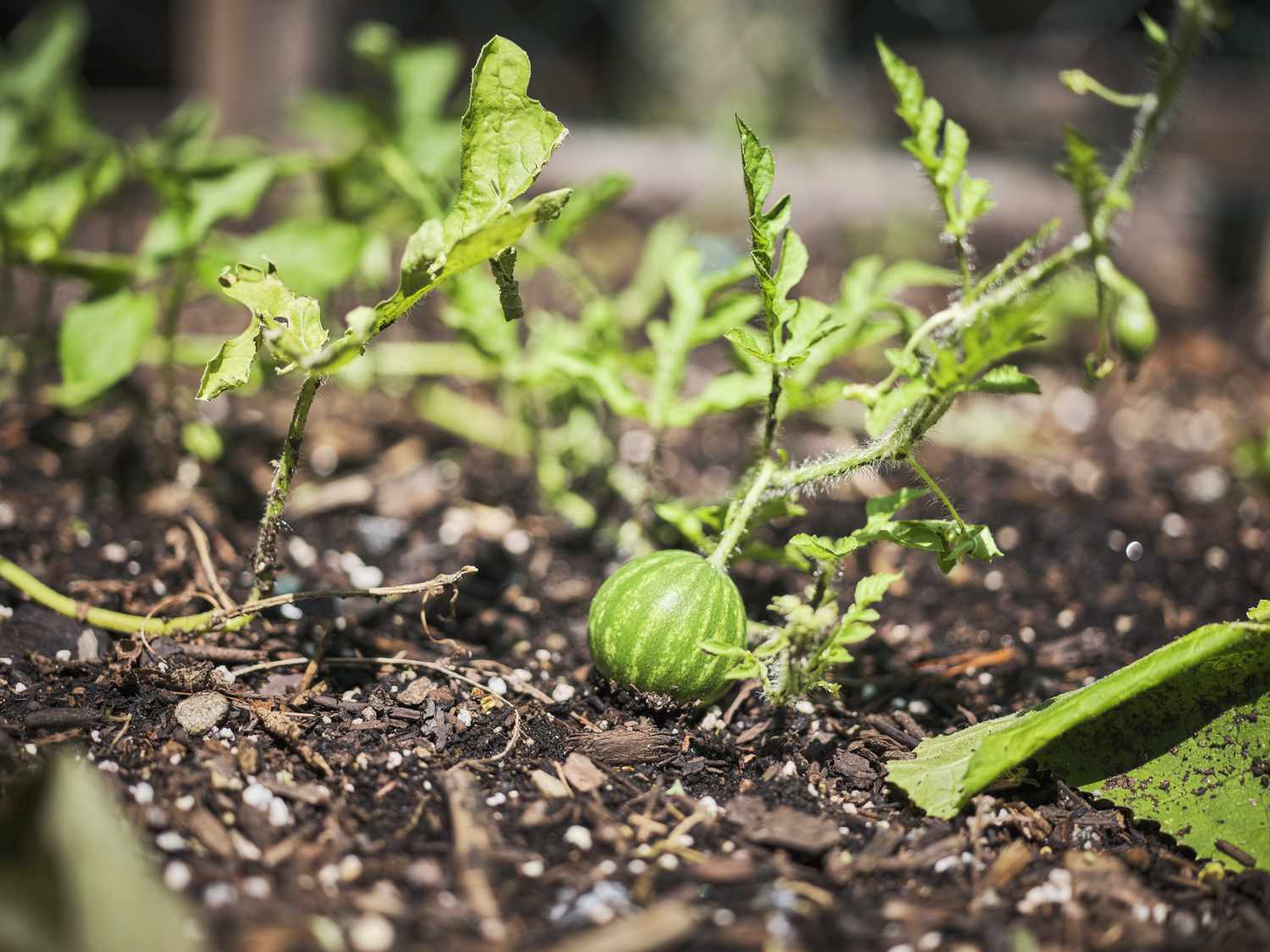
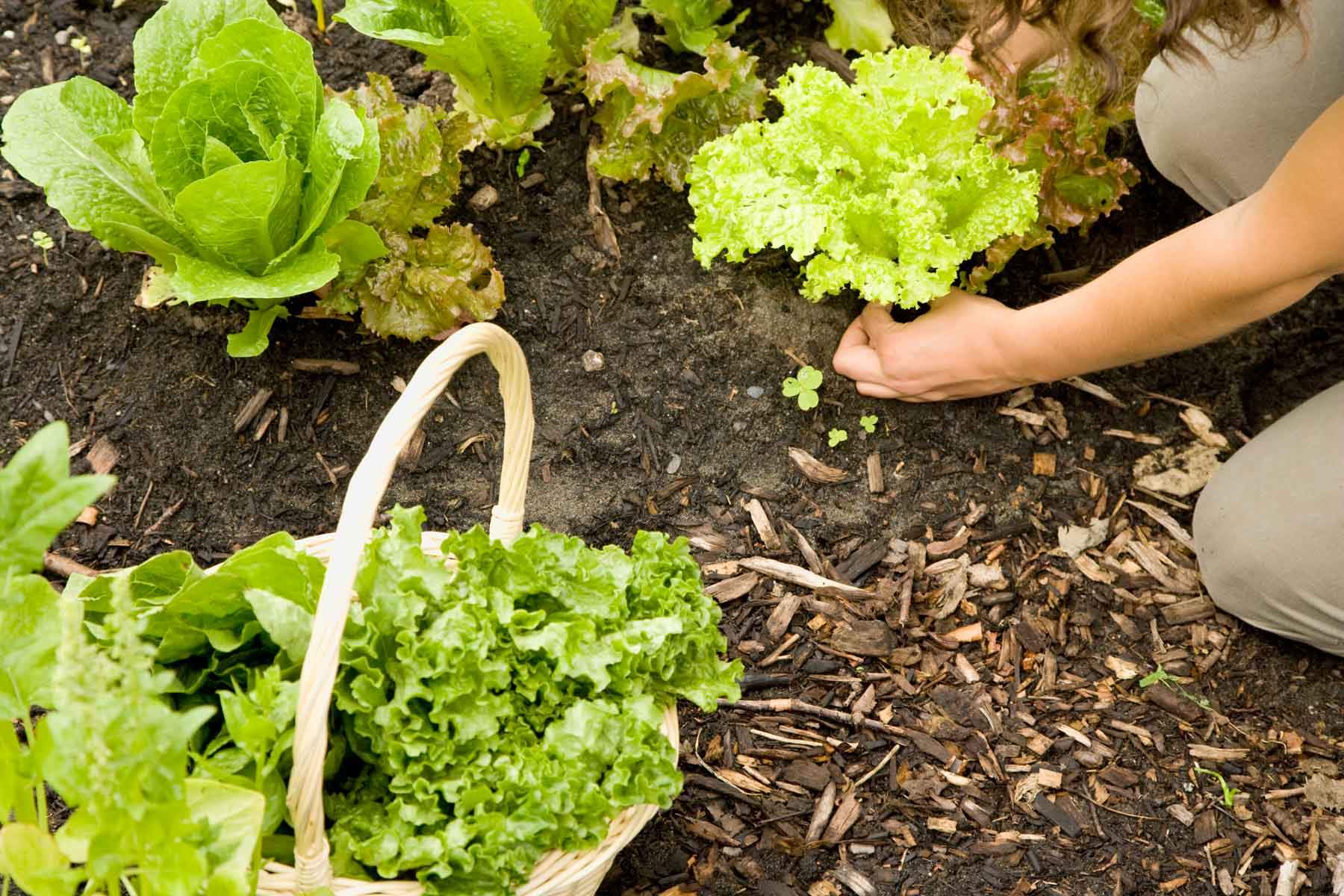
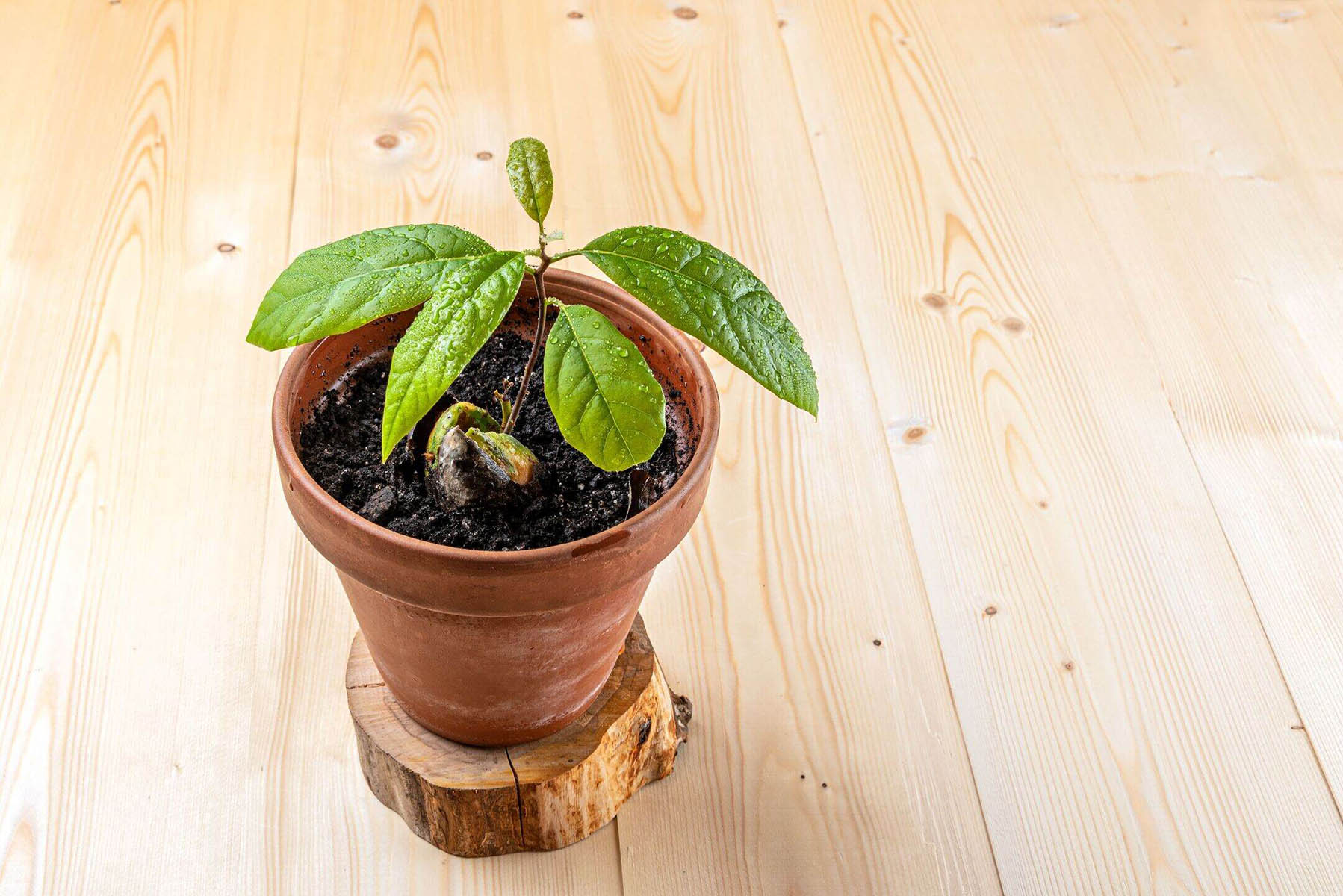
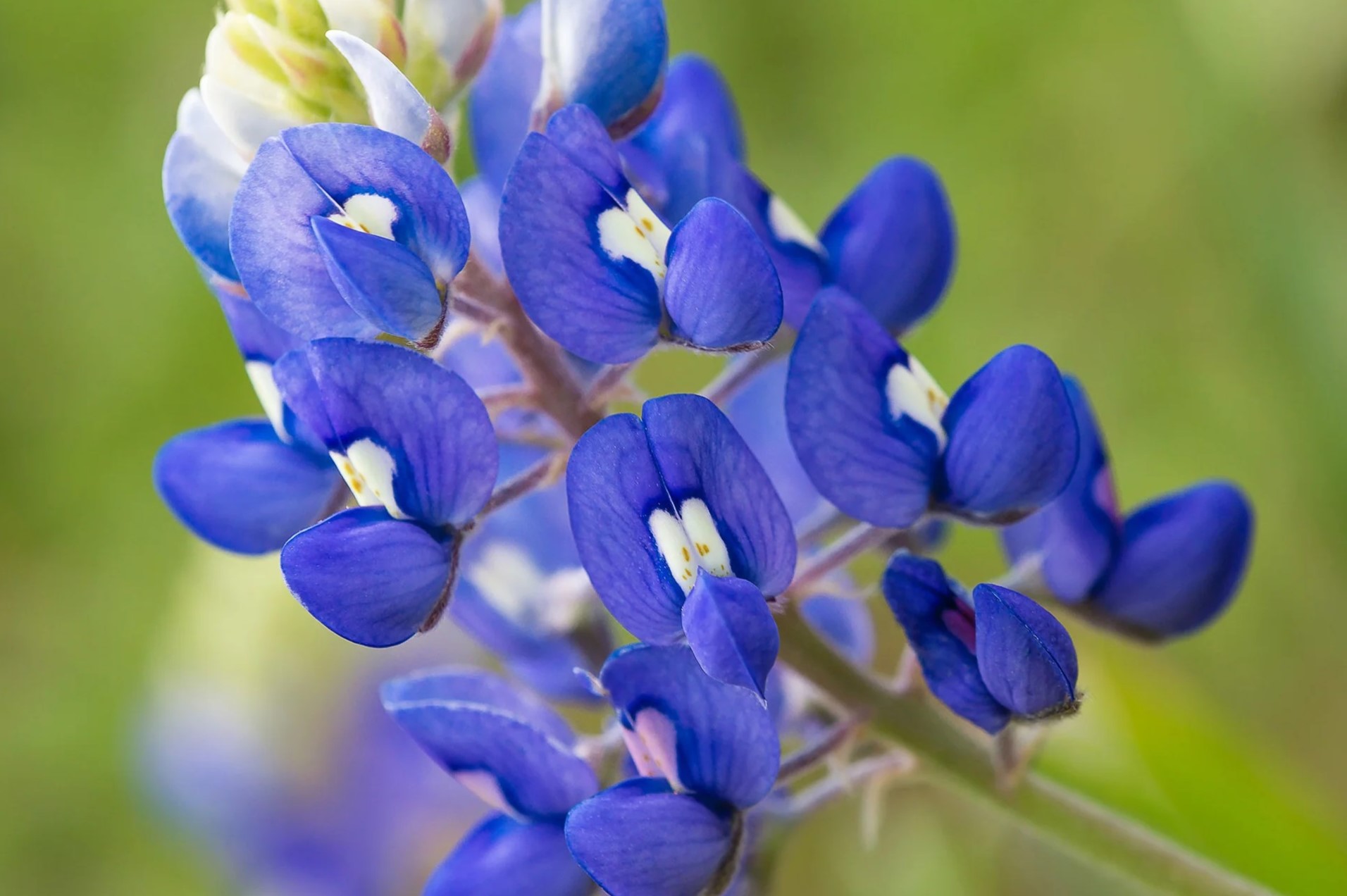
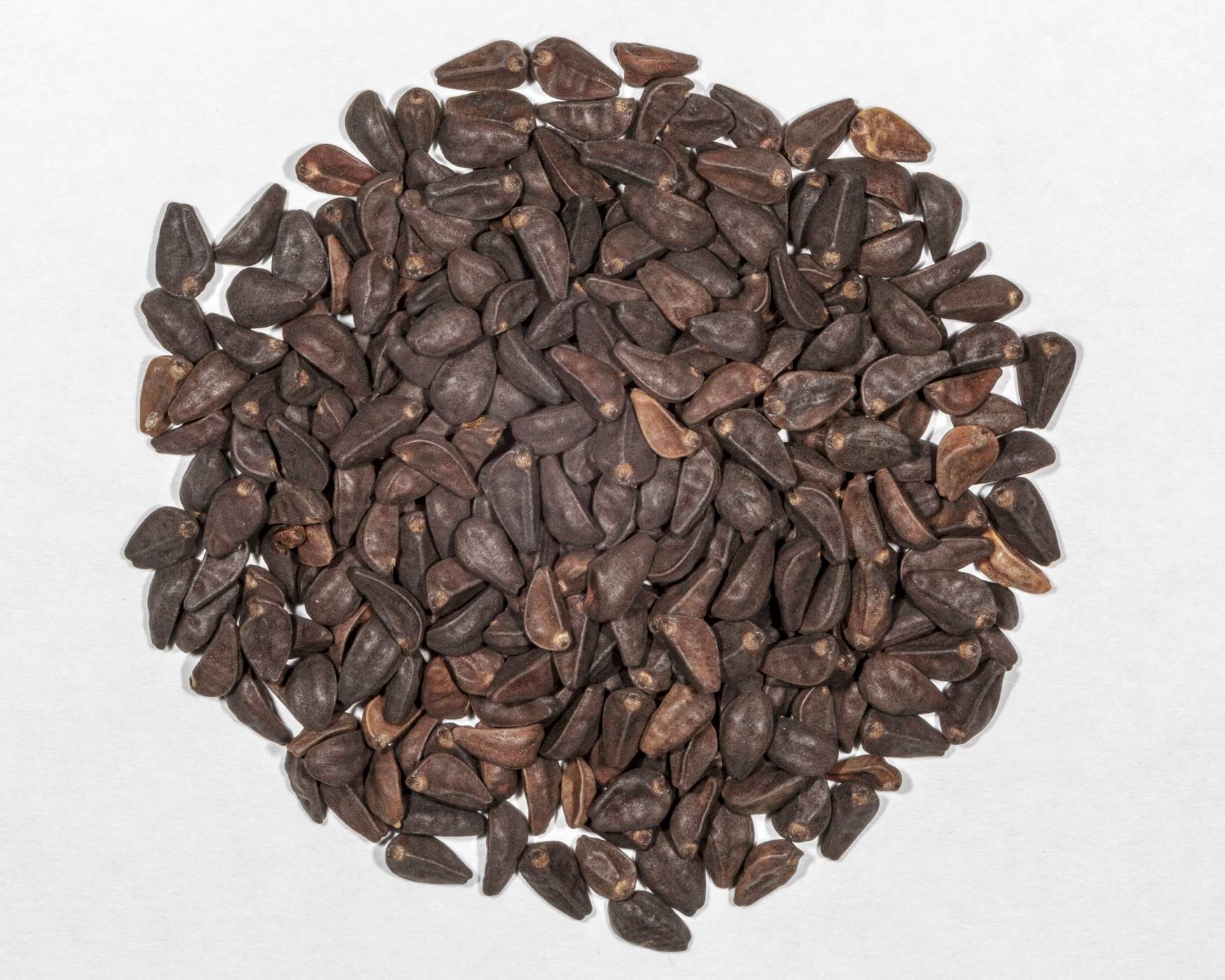

0 thoughts on “When Do You Plant Lettuce Seeds”